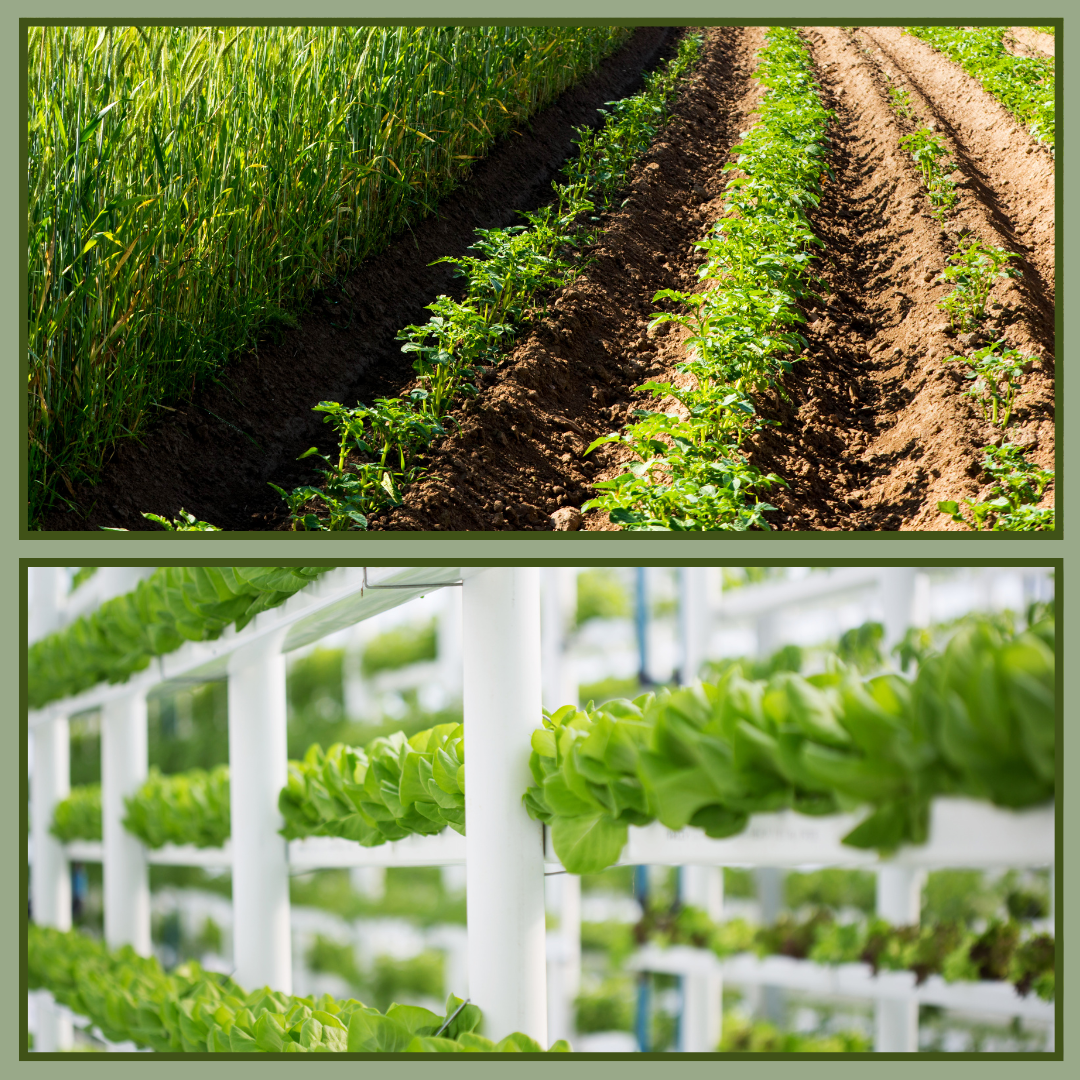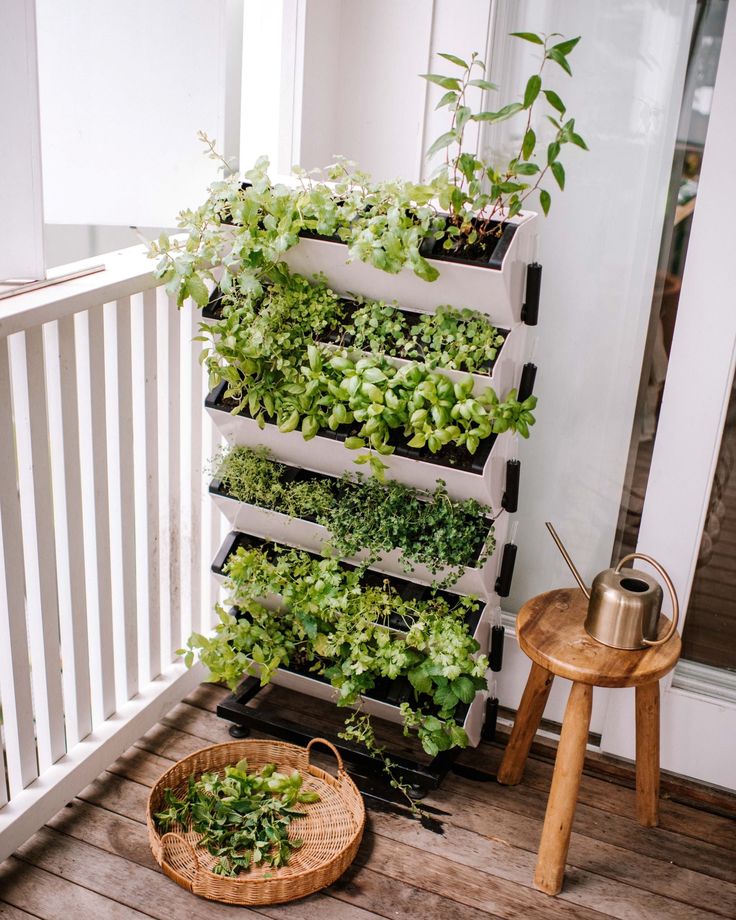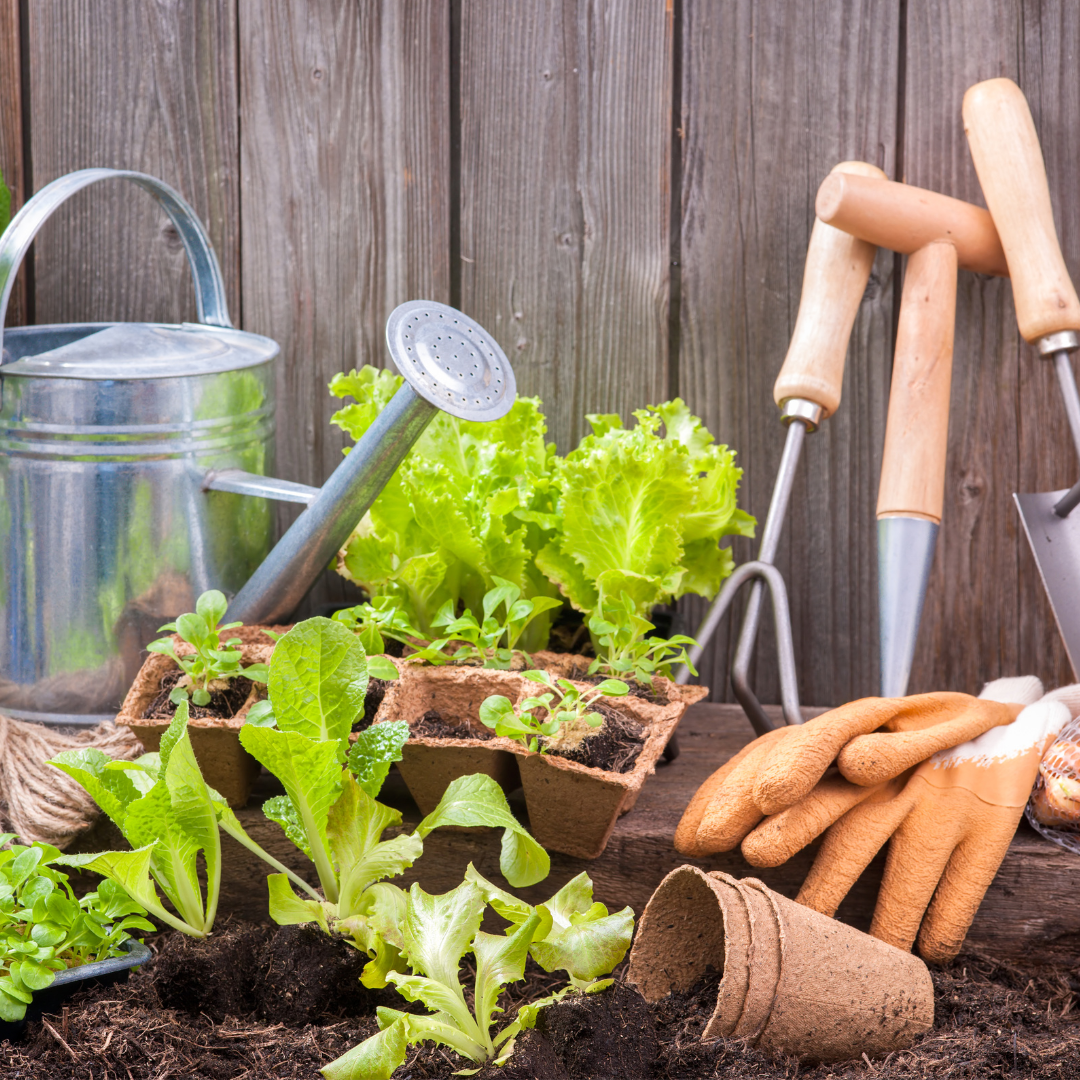Introduction
In the world of farming, there are two main ways to grow crops: traditional farming, which spreads out horizontally across fields, and vertical farming, which stacks plants upwards.

Both methods have their pros and cons, especially when it comes to how much space they use.
This article explores these differences to see which method is more efficient for growing food.
Traditional Farming:
Traditional farming has been around for ages. It involves planting crops in large fields and letting them grow naturally across the ground.

Farmers use the natural lay of the land and sometimes irrigation systems to help crops grow.
This method needs a lot of space because each plant needs its own spot in the field.
Advantages of Traditional Farming in Using Space
- Using the Land We Have: Traditional farming makes use of the land as it is, adapting to the natural shape of fields and hills.
- Growing Lots of Food: With big fields, traditional farming can grow a large amount of food from each area of land.
- Local Knowledge: It often includes knowledge passed down through generations about how to grow crops in specific places.
Challenges of Traditional Farming in Using Space
- Needing a Lot of Land: It requires a huge amount of land, which can be a problem in cities or places where land is scarce.
- Harming the Environment: Large farms can harm the soil, trees, and animals living nearby, leading to erosion and habitat loss.
- Depending on the Season: Crops can only grow well during certain times of the year, which means food might not be available all year round.
Vertical Farming:
Vertical farming is a newer idea that turns traditional farming on its side—literally. Instead of spreading out, crops are stacked in layers or on slopes.

This method often happens inside buildings like skyscrapers or in containers, where conditions are carefully controlled.
Technologies like hydroponics (growing plants without soil) and aeroponics (growing plants in misty air) help plants grow faster and closer together.
Advantages of Vertical Farming in Using Space
- Growing Up, Not Out: It uses vertical space efficiently, meaning more crops can grow in less horizontal space.
- Year-Round Growing: Controlled environments let crops grow all year, regardless of the weather outside.
- Saving Water: Systems like hydroponics use much less water than traditional farming.
- Fitting in Cities: It works well in cities, reducing the need to transport food long distances and lowering pollution.
Challenges of Vertical Farming in Using Space
- Expensive to Start: It costs a lot to set up the technology and buildings needed for vertical farming, which can be hard for small farmers.
- Using More Energy: It needs electricity for lights, climate control, and watering systems, which can be costly and not eco-friendly.
- Needing Know-How: Farmers need to learn how to use the technology and methods, which can take time and resources.
Comparing the Methods: Which Uses Space Better?
When it comes to using space efficiently, vertical farming comes out ahead. It packs more crops into smaller areas and can grow food all year.

Traditional farming, though, is still important in places with lots of open land and where growing conditions are right.
Both methods have their strengths and weaknesses, depending on where and how they’re used.
Conclusion
In conclusion, the debate between traditional and vertical farming about space usage is complex.
Each method has its own benefits and challenges, depending on the environment, economy, and traditions of the area. The future of farming might involve blending these methods to make sure we can grow enough food sustainably for everyone.
